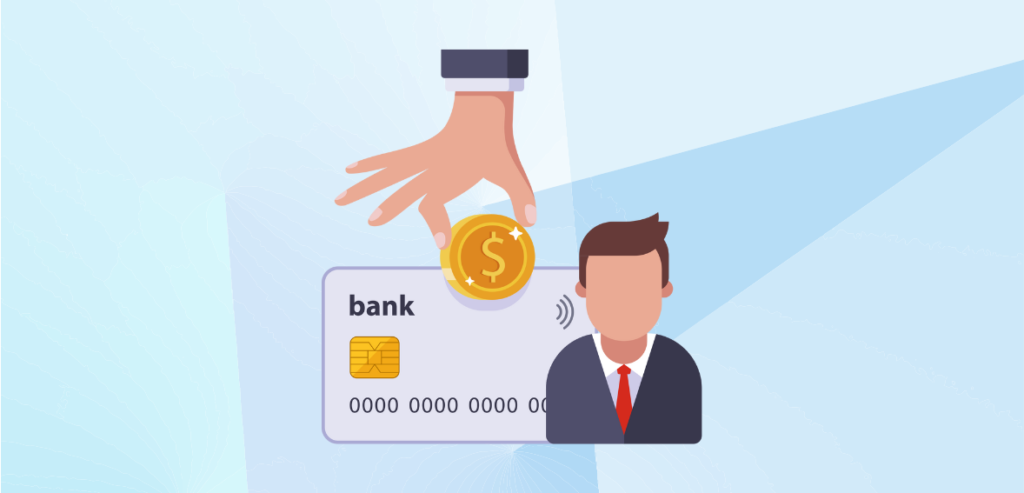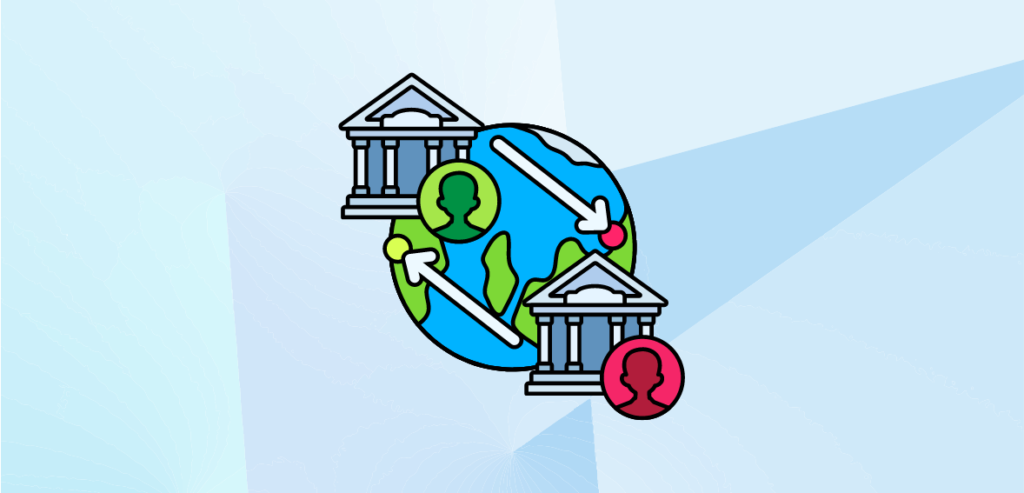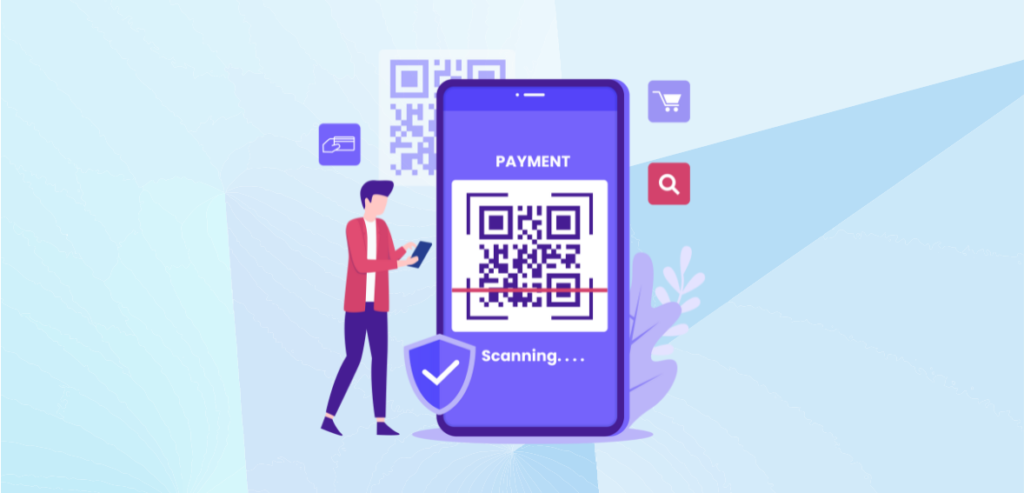Pay by Bank is emerging as one of the prevailing methods within the payment industry. Tailored for consumers seeking seamless purchases via their mobile devices, this technique helps transfer payments in real time. A notable hallmark of this payment system is that it has no transaction fees like traditional credit card transactions. Thus making it particularly appealing to merchants. With its fee-free transactions and convenience, Pay by Bank is poised to shape the future landscape of payment systems.
Recent projections suggest that A2A payments will experience a 14% compound annual growth rate through 2026, influenced by factors like the Real Time Payments network of The Clearing House. Considered the next big thing in the financial sector, pay-by-bank helps businesses save 80% of their merchant fees compared to traditional credit card payments. So, what is pay-by-bank? What are its benefits, and how will it impact the financial market in the long run? Let us understand it all today.
What is Pay-by-Bank?
Pay-by-bank is an online payment method that enables customers to pay for goods and services directly through bank-to-bank transfers. This type of payment option is widely supported by financial institutions and banks globally. It is gaining popularity among online shoppers in the US because of its convenience, low cost, security, and simplicity.
Customers can easily make payments with pay-by-bank at checkout on a merchant’s website. The process of “pay-by-bank” is straightforward; it involves entering the bank account details and confirming the payment through the bank’s website without needing credit or debit cards.
The listed payments can be used for bills, subscriptions, and loan payments.
Why Pay-by-Bank is Becoming a Popular Option?

There are many reasons why the pay-by-bank option is gaining traction among customers. The top reason is its security. Many measures are in place to prevent fraudulent activities, and the user data is safe. The buyer doesn’t have to provide any credit or debit card information when purchasing, which is another reason the user feels secure.
Another reason for its popularity is that it ensures faster payment processing. All the transactions occur in real-time, which benefits the merchant as they can receive the funds instantly. This, in turn, enhances the cash flow for businesses, all while minimizing the time and resources required for payment reconciliation.
Lastly, pay-by-bank is more convenient for customers without a credit or debit card or those who prefer not to use one for online transactions. Additionally, it streamlines the checkout process by eliminating the requirement for customers to enter card details or other payment information for each purchase, making it faster and more straightforward.
How Pay-by-Bank Works?
Merchants who are qualified and have applied for the pay-by-bank option can effortlessly integrate the option into the checkout for consumers. The processing of payment with pay-by-bank is really simple. Here’s how it works:
- Customers will get the pay-by-bank option once they reach checkout.
- When customers are on the payments page after selecting the pay-by-bank option, they can select their bank from the provided list.
- After selecting the preferred bank, customers can authenticate the payment by confirming their profile through their online banking website or app. This authentication mirrors their usual account login process, involving a face ID, password, fingerprint scan, or any other secured method.
- Once the authentication is successful, the input amount will be directly transferred from the customer’s bank account to the merchant account. This will also be displayed in the merchant’s POS system.
- Bank transactions can also be initiated using a QR code or secure links via SMS or internet chat apps.
Benefits of Using Pay-by-Bank

There are many benefits of a pay-by-bank system. They are as follows
- Ease of Use:
Instant pay using your bank account is convenient for buyers and merchants. With dedicated applications, customers can quickly pay from their banks, avoiding disclosing credit or debit card information. Research shows that 90% have memorized or stored their bank account credentials in a password manager. However, only about 30% were confident enough to store their credit card information.
- Cheaper:
Today, merchants who accept credit cards or third-party payment processing services such as PayPal are concerned about the various charges they have to pay for each transaction. This includes commissions charged by these organizations for processing customer payments. However, some merchants often transfer these charges to customers who end up paying more than the retail prices for the goods they intend to purchase.
Pay-by-bank stands out by significantly reducing these fees, potentially by up to 80%. The customer pays less, and the merchant saves more.
Moreover, pay-by-bank automates the payment acceptance process, not requiring merchants to buy costly card-reading equipment or other infrastructure for card-based transactions. Overhead costs are reduced, making the total cost of ownership for retailers the cheapest.
- Fraud prevention:
Last year, in 2023, the FTC registered around 4,26,000 fraud claims related to credit card transactions. Although this is 5% down from the previous year, it’s still significant.
But where does pay-by-bank stand in the equation?
Pay-by-bank easily mitigates the risk of such fraudulent activities. As all the transactions are made directly from the customer’s bank account, the chance of any fraudulent activity is significantly reduced. This enhances security and helps decrease the expenses associated with chargebacks and various other forms of fraud.
- No middleman:
With the pay-by-bank method, businesses will benefit by being directly connected to banks and proven open banking technologies, allowing them to receive payments from their customers. This feature does not require any spacing institutions to check it, simplifying the whole process and eliminating the need for a middleman.
- Safe for the customer:
Consumers will also gain a sense of security thanks to the strict regulations that apply to data privacy. Online banking passwords are no longer mandated in your consent to open data. Instead of writing login and password, customers now do multi-factor authentication, such as one-time password (OTP).
- Good for recurring payments:
A bank account has no expiration date, like credit or debit cards. Pay-by-bank is the ultimate choice for subscriptions. The amount is directly deducted from a bank account, which is secure and reliable. This is a lifesaver for websites and apps where recurring payment is common.
- Flexibility:
Bank payment rails like ACH offer more optimization options since merchants establish authentication and dispute-handling protocols independently. Return codes help merchants better understand the reasons for declined payments, particularly in the case of ACH. Furthermore, as a cash substitute on digital platforms, ‘pay by bank’ is a very suitable tool where card usage may be limited.
Impact on Financial Institutions

Pay-by-bank is revolutionizing the operations of financial institutions and reshaping the broader payment landscape in several different ways:
- More Competition: The increased popularity of the pay-by-bank option brutally intensifies the competition among payment providers and financial institutions. These financial institutions are leaning towards pay-by-bank services to fulfill the demand for top-notch services. Ultimately, merchants and customers are the end gainers due to reduced fees and better options.
- Revenue Stream Transformation: Pay-by-bank is significantly changing financial institutions’ revenue earnings. The evolution of consumers’ habits and migration from card payments to pay-by-bank options might lead to financial institutions experiencing less revenue from card fees.
- Innovation Opportunities: As described throughout this article, Pay-by-bank is an innovative new payment method. Furthering the services, financial institutions and payment providers are constantly innovating and introducing new services and features to enhance the overall checkout experience for customers.
- Enhanced Security Focus: The surge in pay-by-bank transactions has led financial institutions to prioritize security and fraud prevention measures. They invest in advanced technologies and robust security protocols to safeguard customer data and thwart fraudulent activities.
Conclusion
Pay by Bank is an emerging payment method as it moves towards 2024, all because of its safety and convenience. As we move forward, pay by the bank is anticipated to give an annual compound growth rate of 14%, driven by factors like the Real Time Payments network and security measures it offers. The increased convenience coupled with faster payment processing also contributes to the rising popularity among consumers.
Pay-by-Bank stands out for its cost-effective nature, reducing merchant fees by up to 80%, smart payment acceptance in just one click, and less risk-giving fraud. The financial intermediation channels between businesses & banks speed up the process. Therefore, banks adhering to stricter data privacy regulations can build a higher level of customer trust and security. In addition, the emergence of Pay-by-Bank innovations has led to the growing competition, increasing profits and innovations, and ultimately falling focus on security in banks.
Frequently Asked Questions
What is pay-by-bank?
Pay by Bank simplifies customers' checkout process. It could involve clicking a checkout button or accessing a payment link through a QR code or SMS message. You'll be prompted to choose your bank when you opt for Pay by Bank as your payment method at checkout. This selection initiates a secure link to authorize your payment. After authorization, you're seamlessly redirected back to the checkout page. No card details are required, no account creation is necessary, and your personal financial information remains confidential without any sharing.
How do I pay with pay-by-bank?
To pay with Pay by Bank, follow these steps:
Step 1 – Select the Pay by Bank option among the payment methods on the checkout page.
Step 2 – Select your preferred bank to pay.
Step 3 – After selecting your bank, a secure link will be generated to authorize the payment. The payment needs to be authenticated to complete the payment.Is pay-by-bank safe?
Yes. Pay-by-bank is safe and secure while using.
Can I also use pay-by-bank on the web?
Yes. You can also use pay-by-bank on the web interface.

